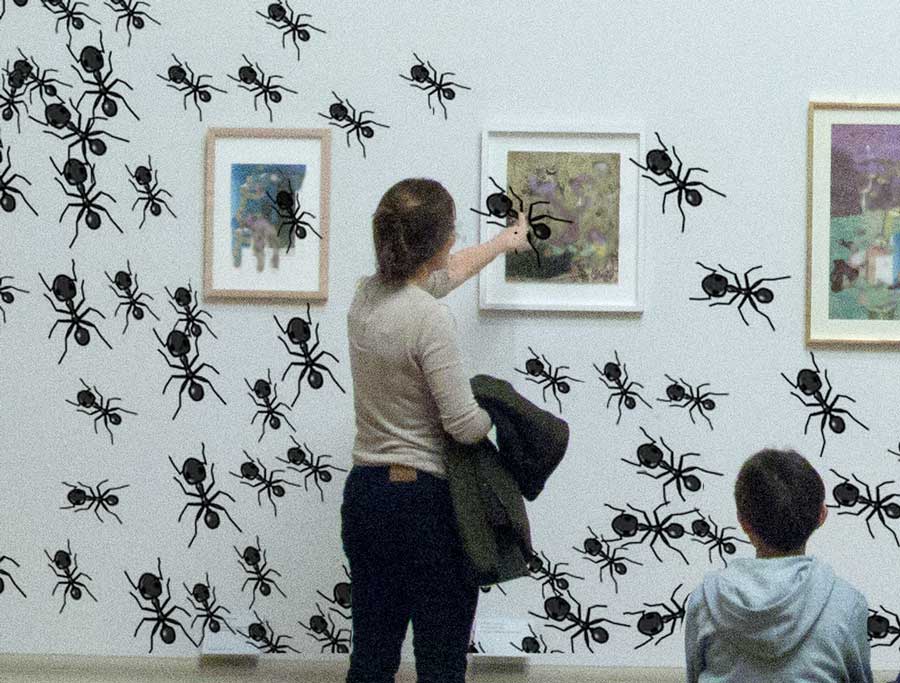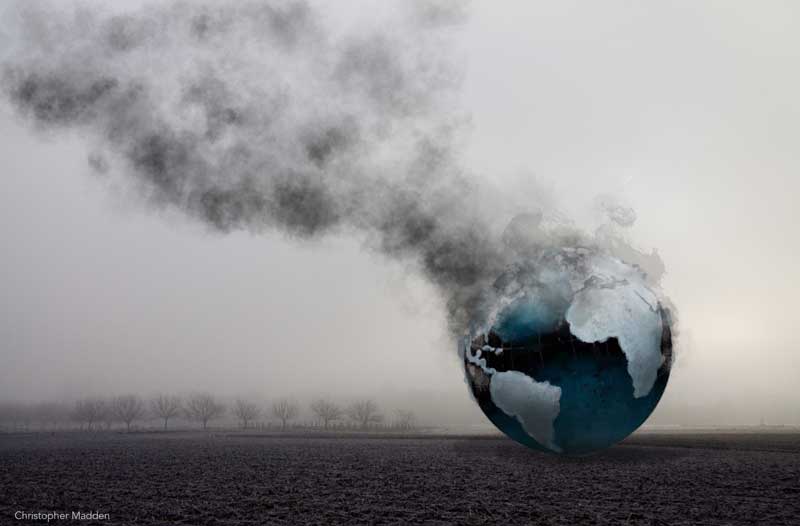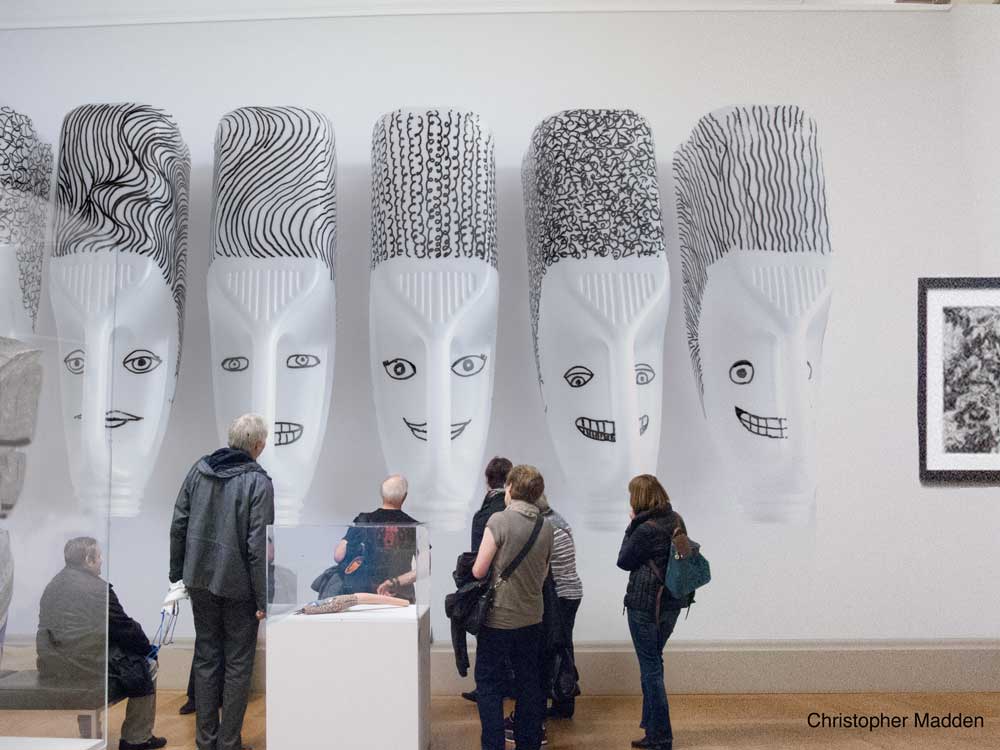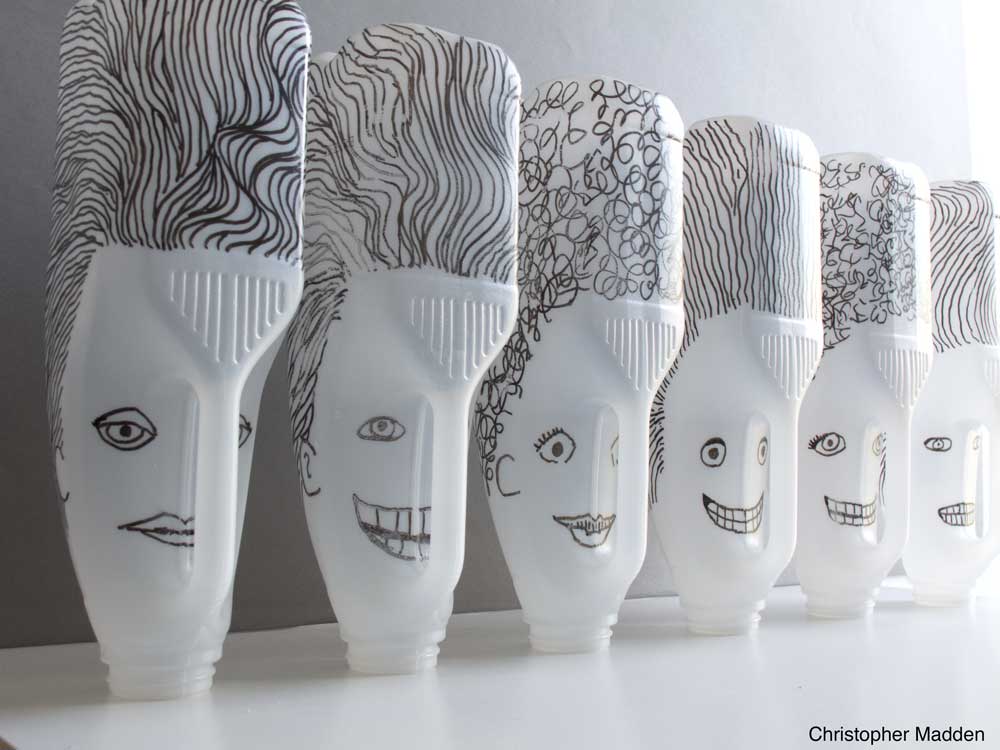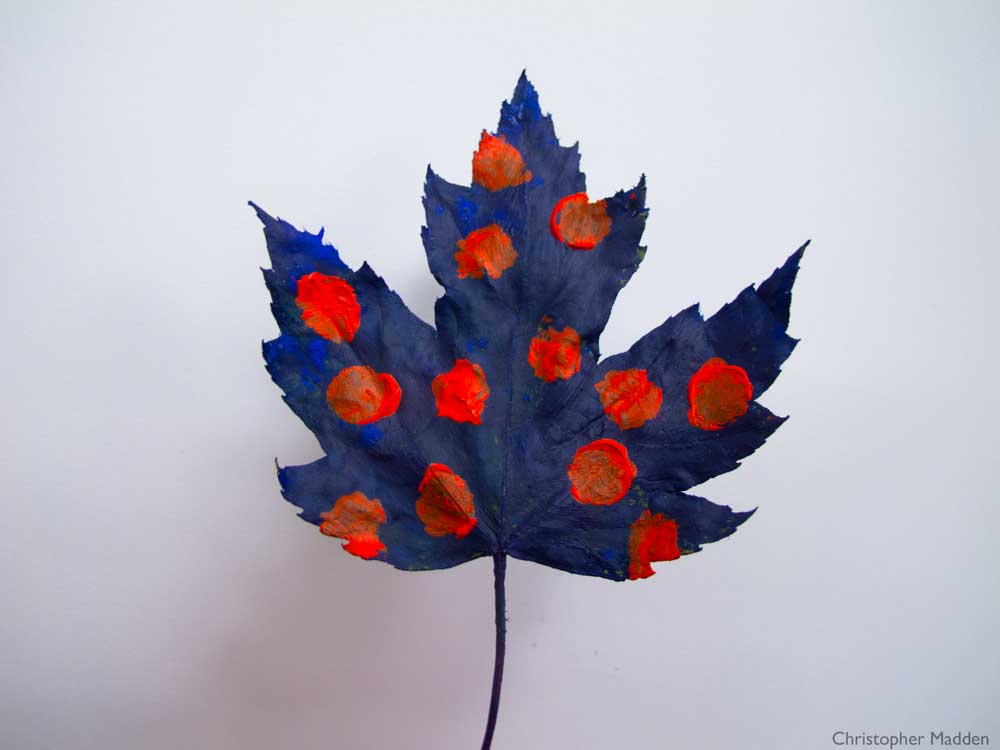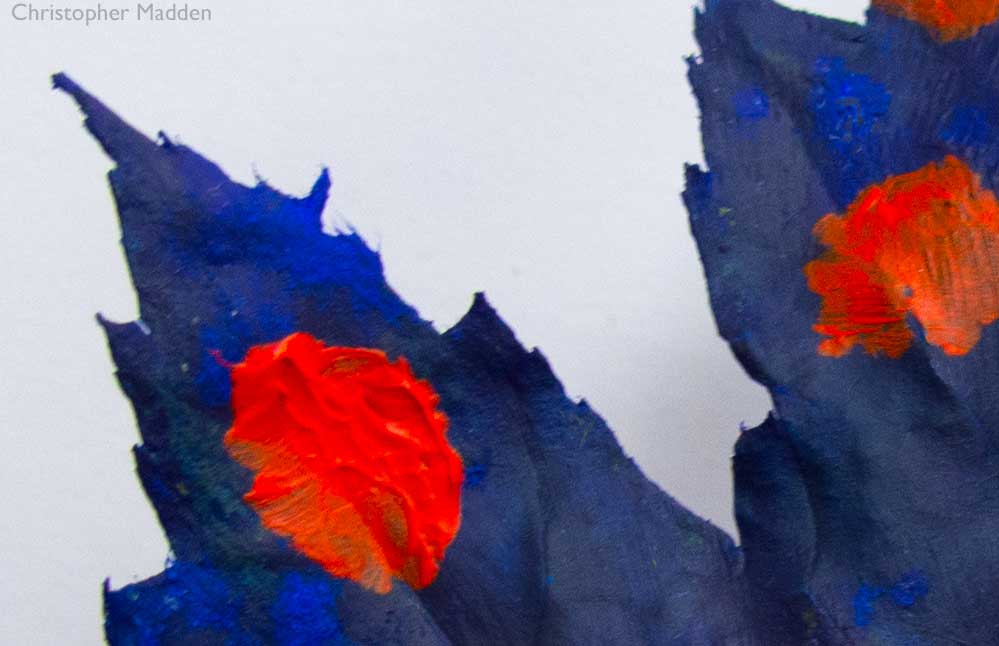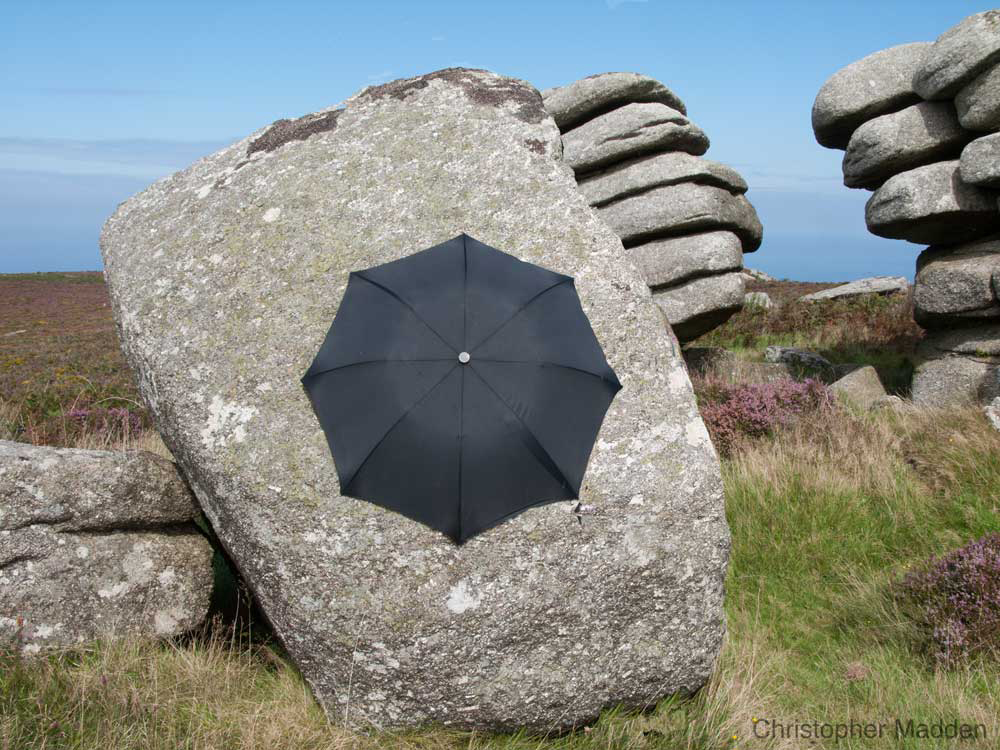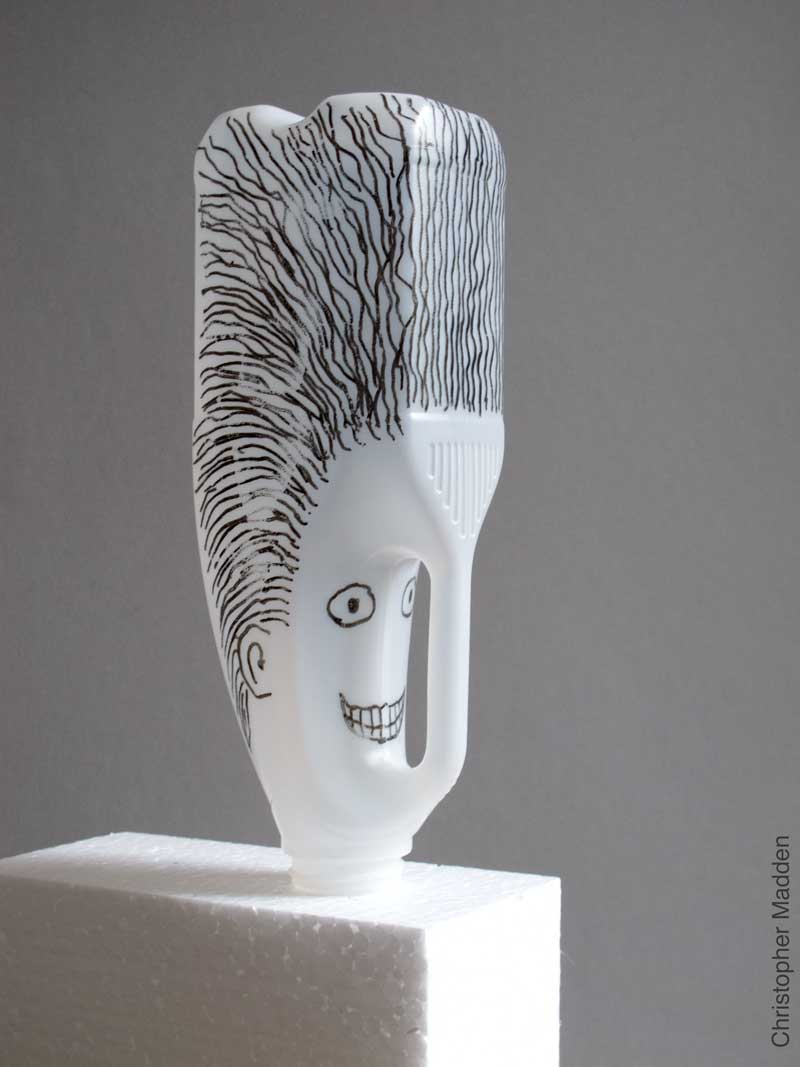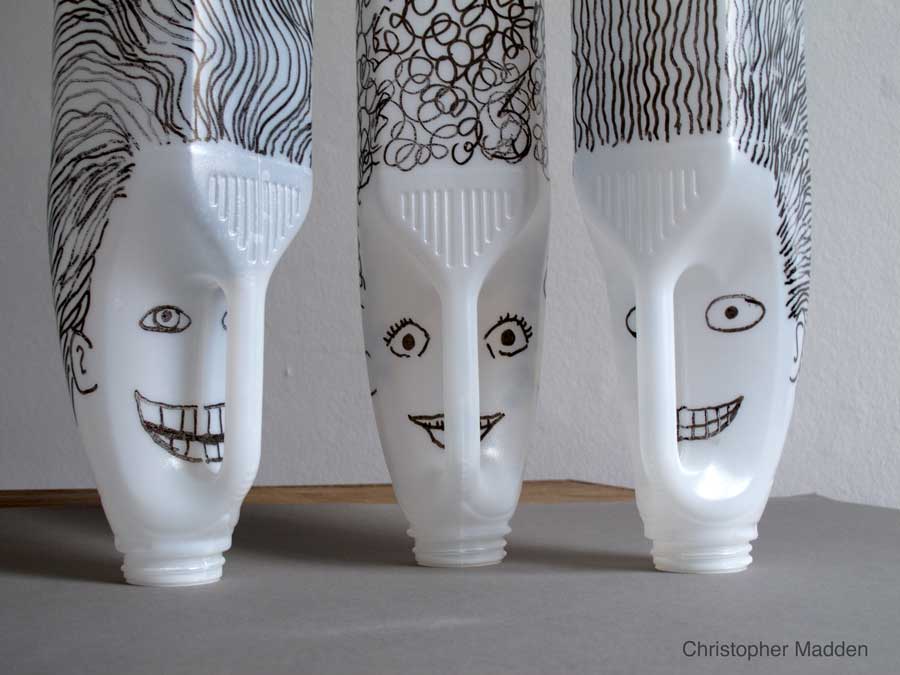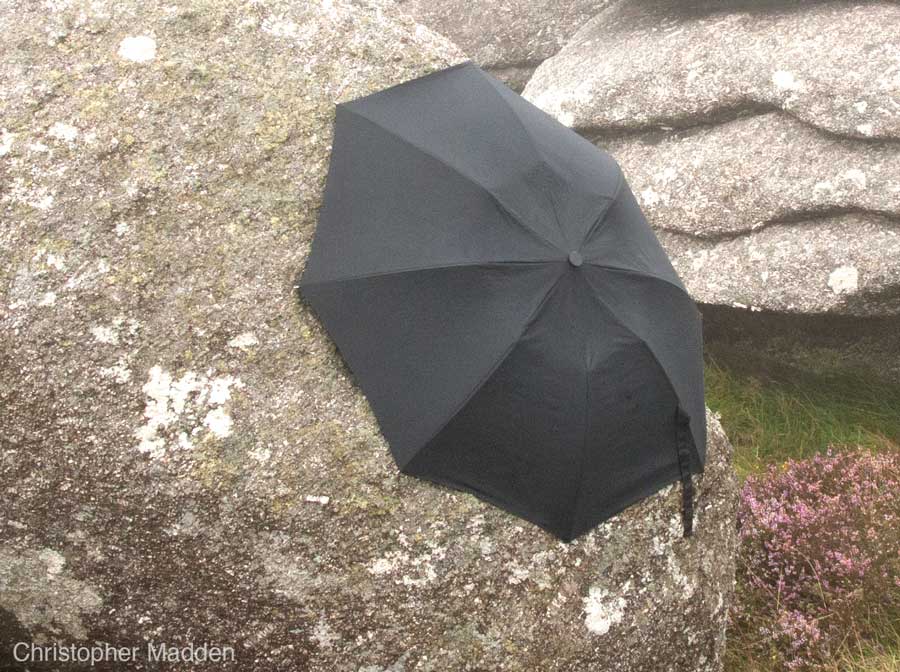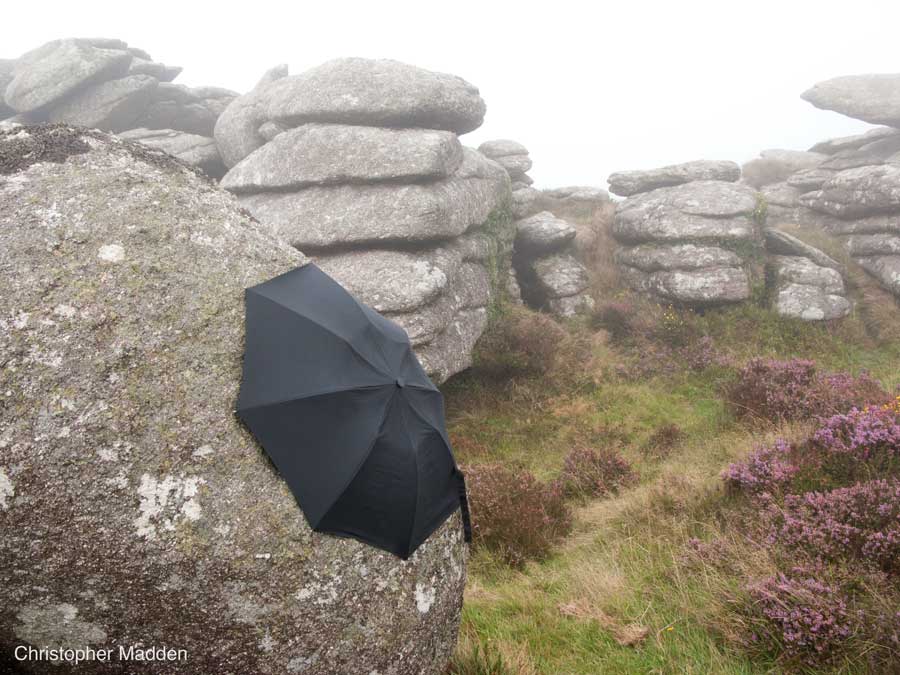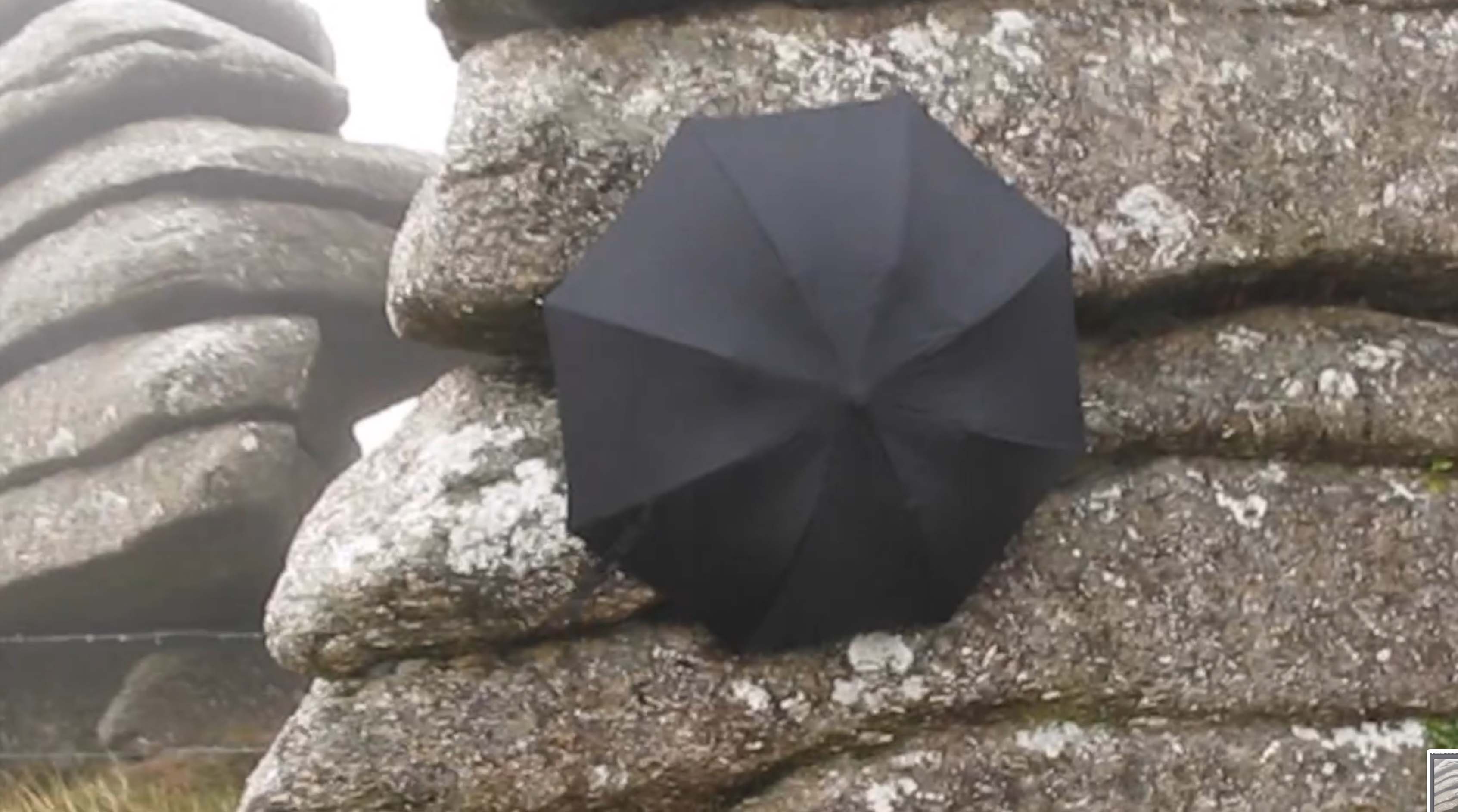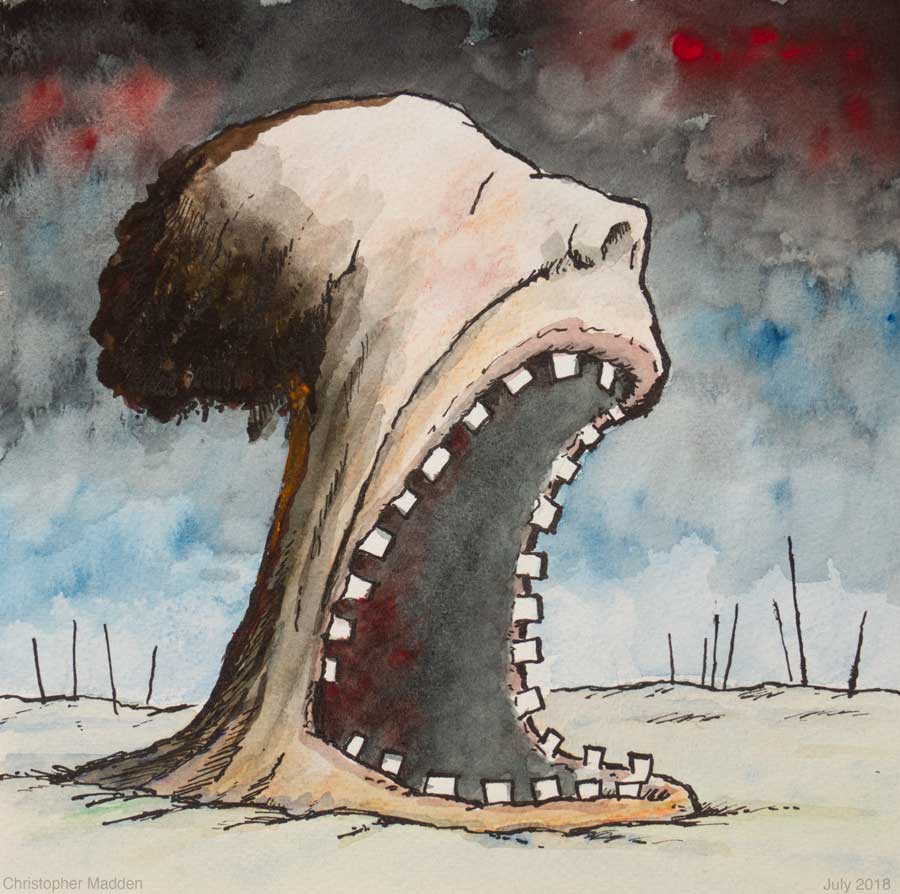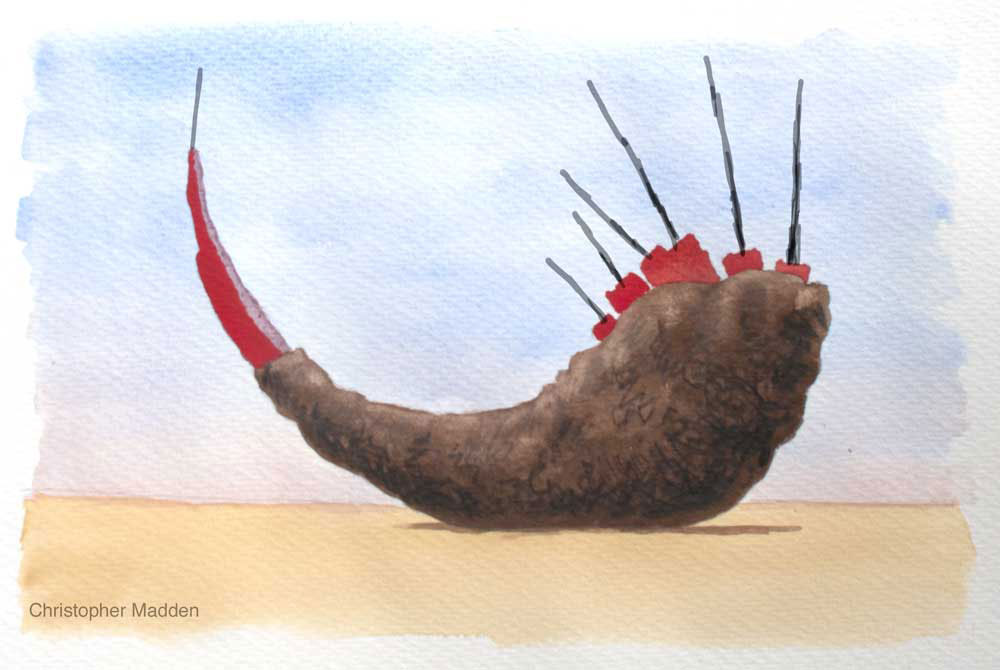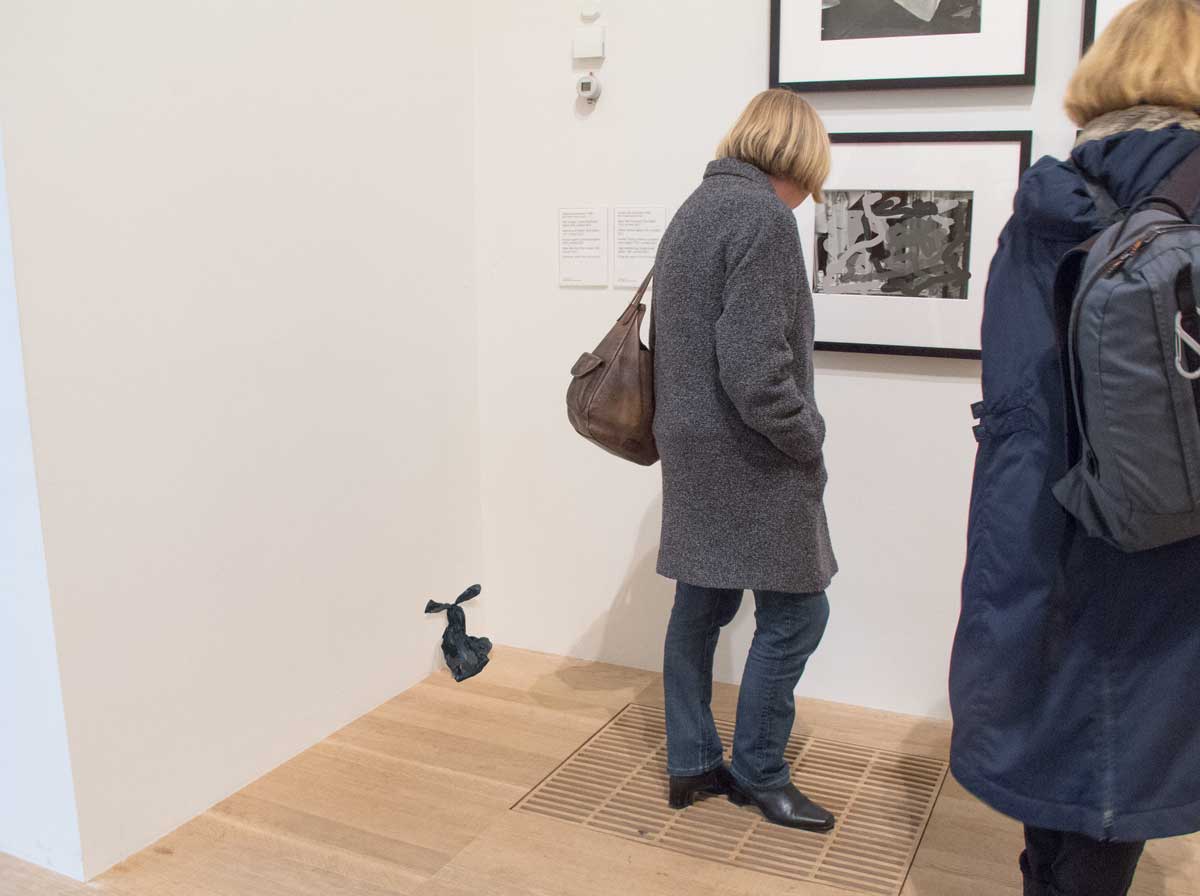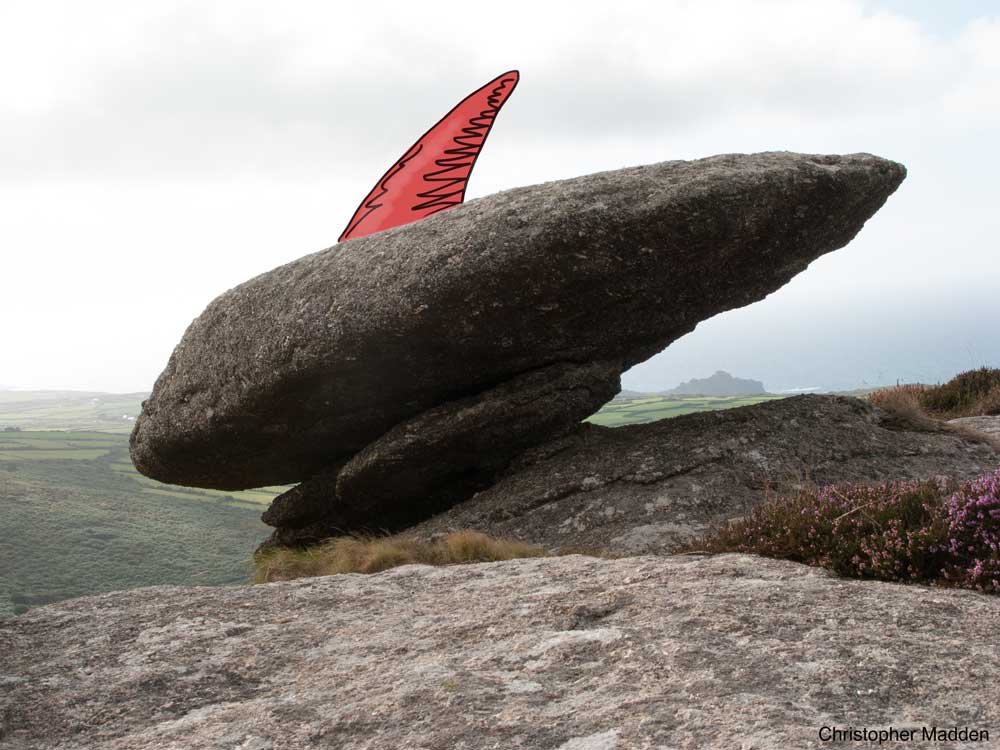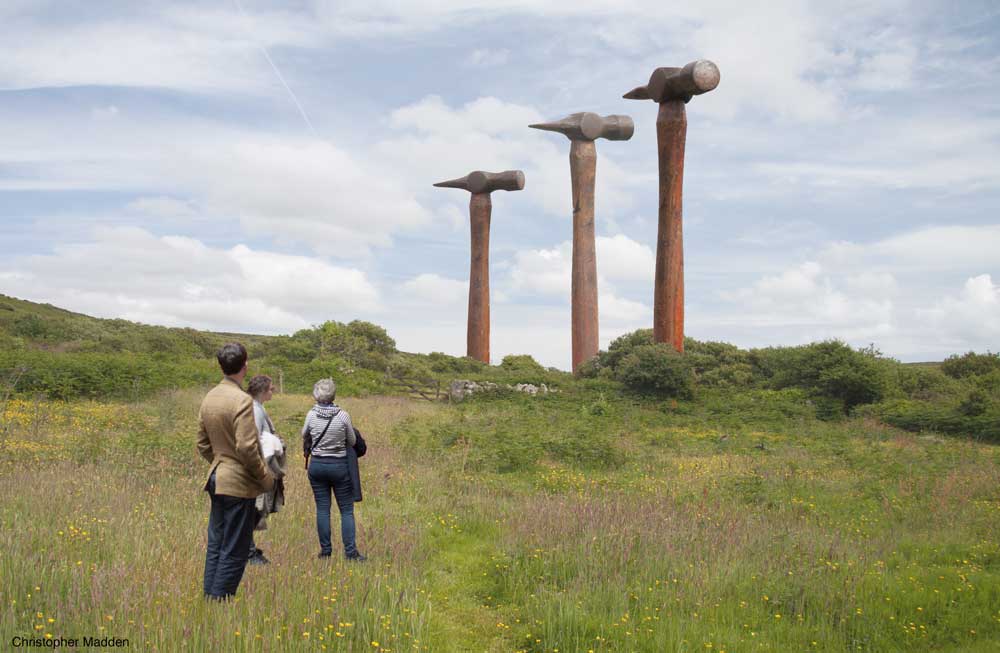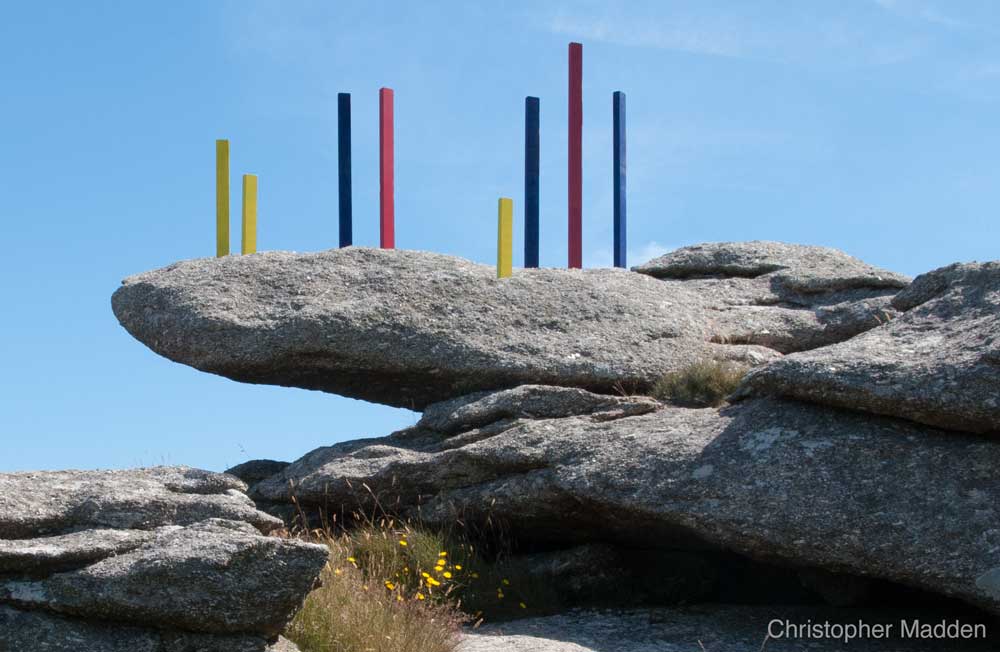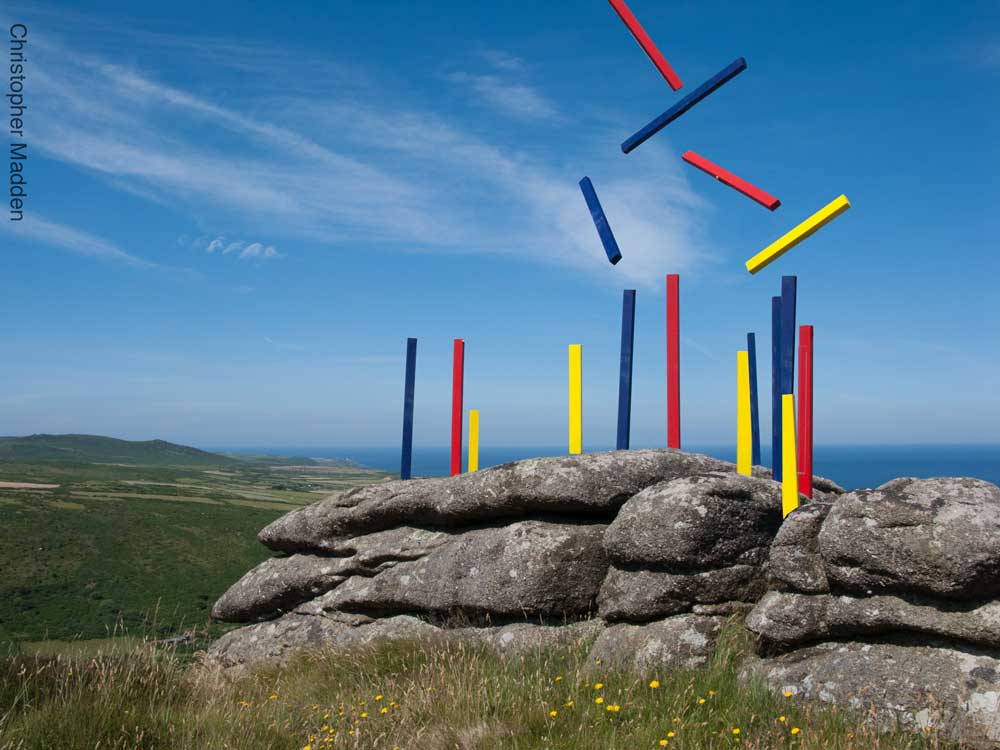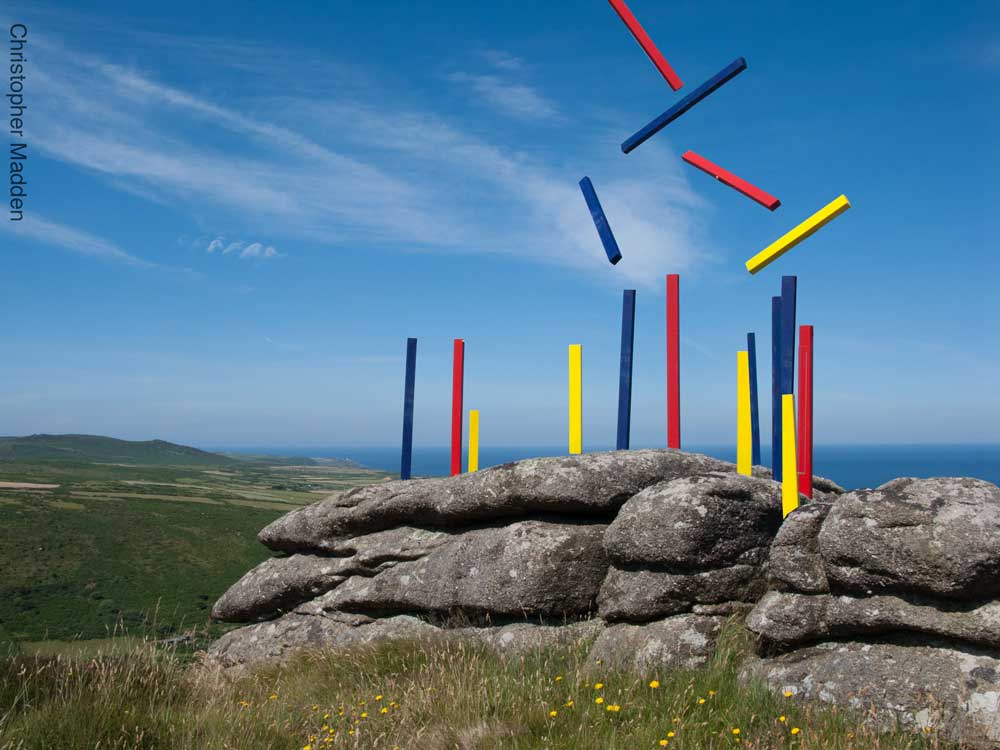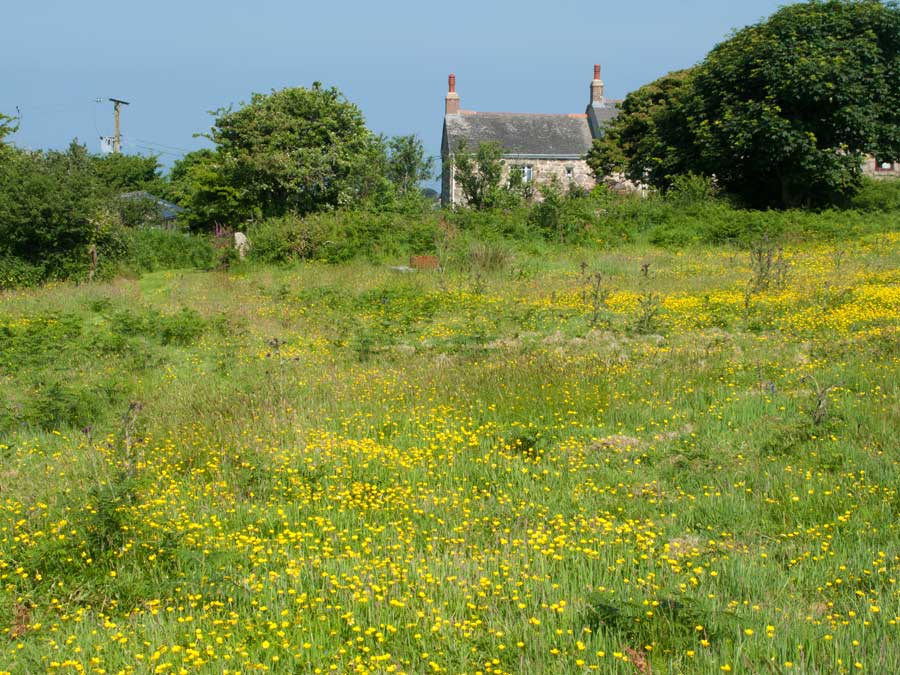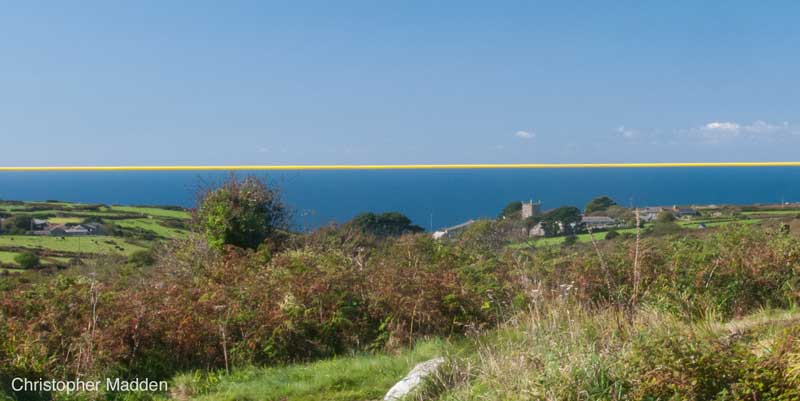Note: this work has coincidental similarities to House Taken by Rafael Gomezbarros.
My concept predates that of Gomezbarros, mine being originally conceived in the 1990s to accompany an article in the Guardian newspaper, while Gomezbarros’s work was created in the 2000’s (as far as I can tell).
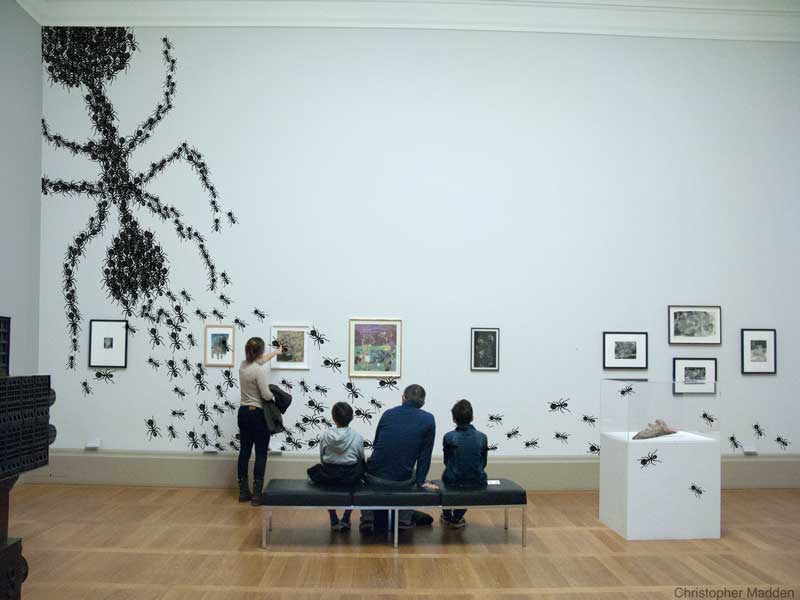
A proposal for an artwork about ants as a super organism
Artist’s impression for a gallery installation. January 2020. Based on a work from 1990
A proposal or concept for an artwork showing ants crawling across an art gallery wall, with the ants grouping together and coalescing into the form of a single gigantic ant.
The artwork depicts the concept of the superorganism, in which multiple individual organisms of the same species (in this case ants) interact by a process of synergy to give rise to a collective body that can operate in ways that the individuals can’t. The individual organisms within the superorganism usually display a degree of division of labour or specialisatoin of function, meaning that the individual organisms can’t survive for long on their own. Human civilisation is often defined as a form of superorganism, although this isn’t strictly accurate, as humans can survive alone.

The ants in the work may be two dimensional, such as in a mural, or three dimensional such as in a sculptural work.
